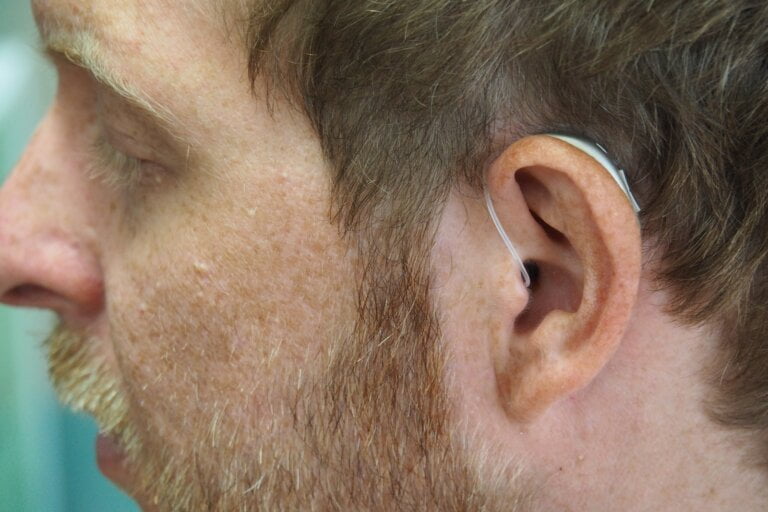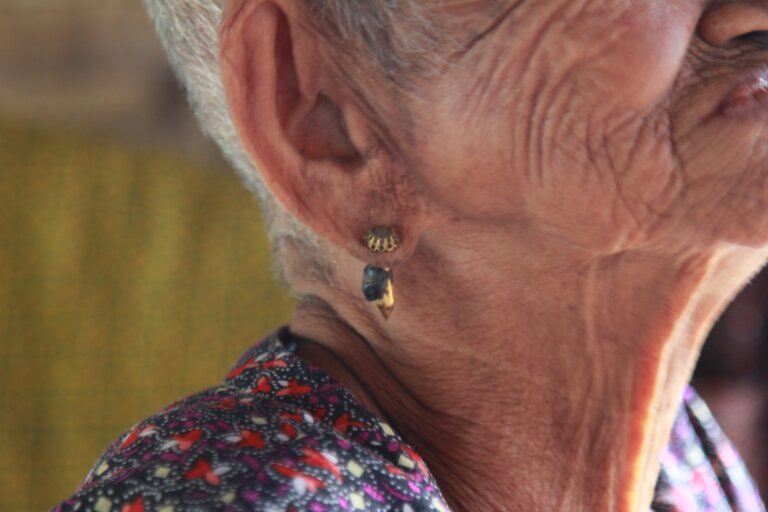Hygiene Redefined: Challenging the Perception of Ear Wax and Cleanliness
Last Updated on 3rd May 2024 by Admin
Ear wax, scientifically known as cerumen, is a naturally occurring substance that plays a vital role in maintaining the health and cleanliness of our ears. However, it is often misunderstood and wrongly associated with uncleanliness. In this article, we aim to challenge the common perception of ear wax and highlight its importance in maintaining proper hygiene. So, let’s dive deeper into the world of ear wax and understand its significance.
What is Ear Wax?
Ear wax is a waxy substance produced by the glands in our ear canal. It is a mixture of secretions from these glands, along with dead skin cells, hair, and dust. The primary function of ear wax is to protect and lubricate the ear canal, preventing it from drying out and becoming itchy. It also acts as a natural barrier, preventing dust, debris, and insects from entering the inner ear.
The Benefits of Ear Wax
Ear wax serves several important functions in maintaining ear health and cleanliness. Here are some key benefits:
- Protection: Ear wax acts as a protective barrier, preventing foreign particles such as dust, dirt, and insects from entering the delicate parts of the ear. It creates a barrier that traps these particles and prevents them from causing harm.
- Moisturization: The wax produced by the glands in the ear canal helps to keep the ear canal moisturized and prevents it from becoming dry and itchy. This moisture is essential for the overall health of the ear.
- Self-Cleaning Mechanism: Ear wax has a remarkable self-cleaning mechanism. It gradually moves from the ear canal towards the outer ear, carrying along any trapped particles with it. Eventually, the wax falls out naturally, taking away the trapped debris. This self-cleaning mechanism is crucial in maintaining the cleanliness of our ears.
Understanding the Different Types of Ear Wax
There are two main types of ear wax: wet and dry. The type of ear wax a person has is determined by genetics and is not influenced by hygiene practices.
Wet Ear Wax
Wet ear wax is yellowish-brown in color and tends to be sticky. It is more prevalent in certain ethnic groups, such as those of African and European descent. The stickiness of wet ear wax helps to trap debris effectively and maintain the cleanliness of the ear canal.
Dry Ear Wax
Dry ear wax, on the other hand, is light-colored and flaky. It is more common in East Asian and Native American populations. Despite its different texture, dry ear wax is equally effective in protecting the ears and maintaining cleanliness.
The Dangers of Excessive Ear Cleaning
Many individuals have a tendency to clean their ears excessively in an attempt to remove ear wax. However, this can do more harm than good. Inserting objects such as cotton swabs, bobby pins, or fingers into the ear canal can push the wax deeper, leading to blockages and potential damage to the ear canal or eardrum. It is crucial to understand that the ears are self-regulating and do not require extensive cleaning.
The Risks of Excessive Ear Cleaning
Excessive ear cleaning, particularly with improper tools, can lead to the following risks:
- Impacted Wax: Pushing the wax deeper into the ear canal can result in impacted wax, which can cause hearing loss, discomfort, and even infection.
- Ear Injuries: Inserting sharp objects into the ear canal can cause injuries to the delicate structures of the ear, including the ear drum. This can lead to pain, bleeding, and in some cases, permanent damage.
- Infections: Excessive cleaning can disrupt the natural balance of bacteria in the ear canal, making it more susceptible to infections.
When Should You Seek Professional Help?
While ear wax is generally harmless, there are instances when it can cause problems. If you experience symptoms such as sudden hearing loss, severe pain, dizziness, or ringing in the ears, it is advisable to seek medical attention. A healthcare professional can determine whether the symptoms are due to excessive wax build-up or an underlying condition that requires treatment.
Professional Ear Wax Removal
If professional help is needed, healthcare professionals can safely remove excessive wax using specialized tools and techniques. They may also prescribe ear drops to soften the wax, making it easier to remove. It is important to consult a qualified healthcare professional rather than attempting to remove the wax yourself.
Proper Ear Wax Maintenance
Maintaining proper ear wax hygiene involves a few simple steps. Firstly, resist the temptation to insert objects into your ears to clean them. Instead, gently clean the outer part of the ear with a soft cloth or tissue. Avoid using cotton swabs, as they can push the wax deeper into the ear canal. Secondly, if you feel that excessive wax is causing discomfort, consult a medical professional who can safely remove the wax using specialized tools or prescribe ear drops to soften it.
Tips for Ear Wax Maintenance
Here are some additional tips for maintaining ear wax hygiene:
- Avoid excessive ear cleaning: As mentioned earlier, avoid excessive cleaning of the ears as it can lead to more harm than good.
- Protect your ears: When participating in activities that may expose your ears to excessive dust or debris, such as gardening or construction work, consider wearing ear protection to prevent foreign particles from entering the ear canal.
- Avoid using ear candles: Ear candling is an alternative therapy that involves inserting a hollow candle into the ear canal and lighting it. However, this practice has not been proven effective or safe. It can lead to burns, blockages, or even puncture the eardrum. It is best to avoid this method of ear wax removal.
Debunking Myths Surrounding Ear Wax
There are several myths surrounding ear wax that contribute to the misconception about its cleanliness. Let’s debunk some of these myths:
- Myth: Ear wax is dirty and unhygienic. In reality, ear wax is a natural substance that plays a vital role in maintaining ear health. It is not a sign of poor hygiene.
- Myth: Hearing aids cause excessive ear wax production. While hearing aids can potentially contribute to wax build-up, they do not directly cause its production. The accumulation of wax is a natural process.
- Myth: Ear candles are an effective way to remove wax. Ear candling is an alternative therapy that has not been proven effective or safe. It can lead to burns, blockages, or even puncture the eardrum. It is best to seek professional help for safe ear wax removal.
Conclusion
Ear wax, despite its undeserved reputation, is an integral part of our body’s defense mechanism and should not be considered a sign of poor hygiene. By challenging the common perception of ear wax and understanding its role in maintaining cleanliness, we can better care for our ears. Remember, gentle cleaning of the outer ear is sufficient, and seeking professional help when necessary is crucial for maintaining healthy ears. Let’s redefine our understanding of ear wax and embrace its significance in our overall hygiene regimen.
FAQ
- What is the purpose of ear wax?
Ear wax serves as a protective barrier, moisturizes the ear canal, and has a self-cleaning mechanism to remove debris and maintain ear cleanliness.
- What are the risks of excessive ear cleaning?
Excessive ear cleaning can lead to impacted wax, ear injuries, and increased risk of infections.
- When should I seek professional help for ear wax removal?
It is advisable to seek professional help if you experience sudden hearing loss, severe pain, dizziness, or ringing in the ears.
- Are ear candles an effective way to remove ear wax?
No, ear candling is not proven to be effective or safe and can cause burns, blockages, or even puncture the eardrum. It is best to seek professional help for safe ear wax removal.







